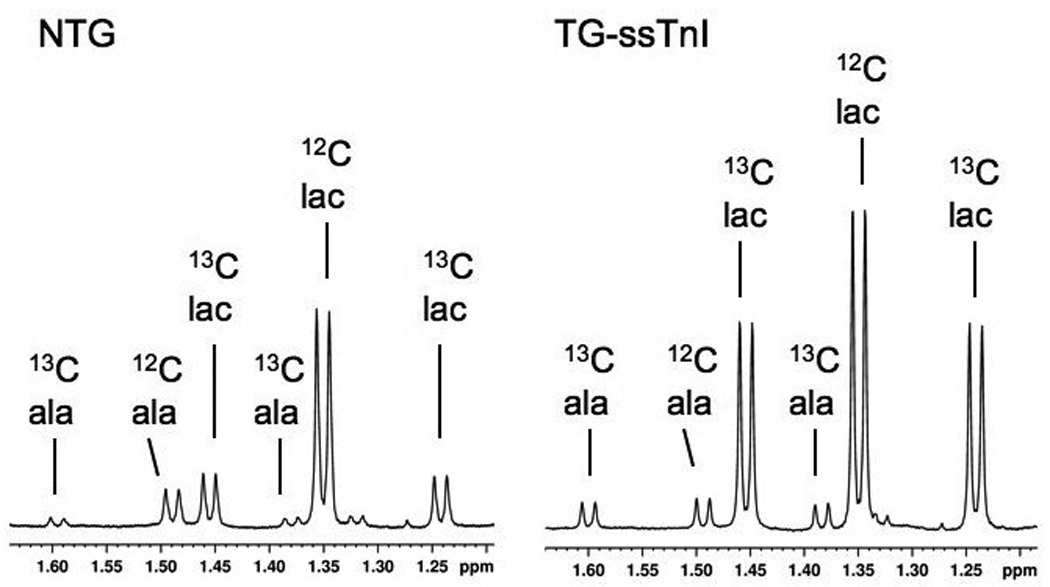Figure 4. Proton (1H) NMR spectra of lactate and alanine content in acid extract of heart.

Spectra are shown from non-transgenic heart (NTG, left) and a ssTnI expressing heart (TG-ssTnI) subjected to 5 minutes ischemia. Doublet resonance signals from protons of 3-carbon methyl groups in lactate (lac) and alanine (ala) arise from 1H-1H J-coupling between methyl and vicinyl protons. Methyl group 1H signals from 13C enriched groups are split by 1H -13C J-coupling (13C lac; 13C ala), and distinguish products of [1,6-13C2] glucose metabolism from unenriched metabolites (12C lac; 12C ala).
